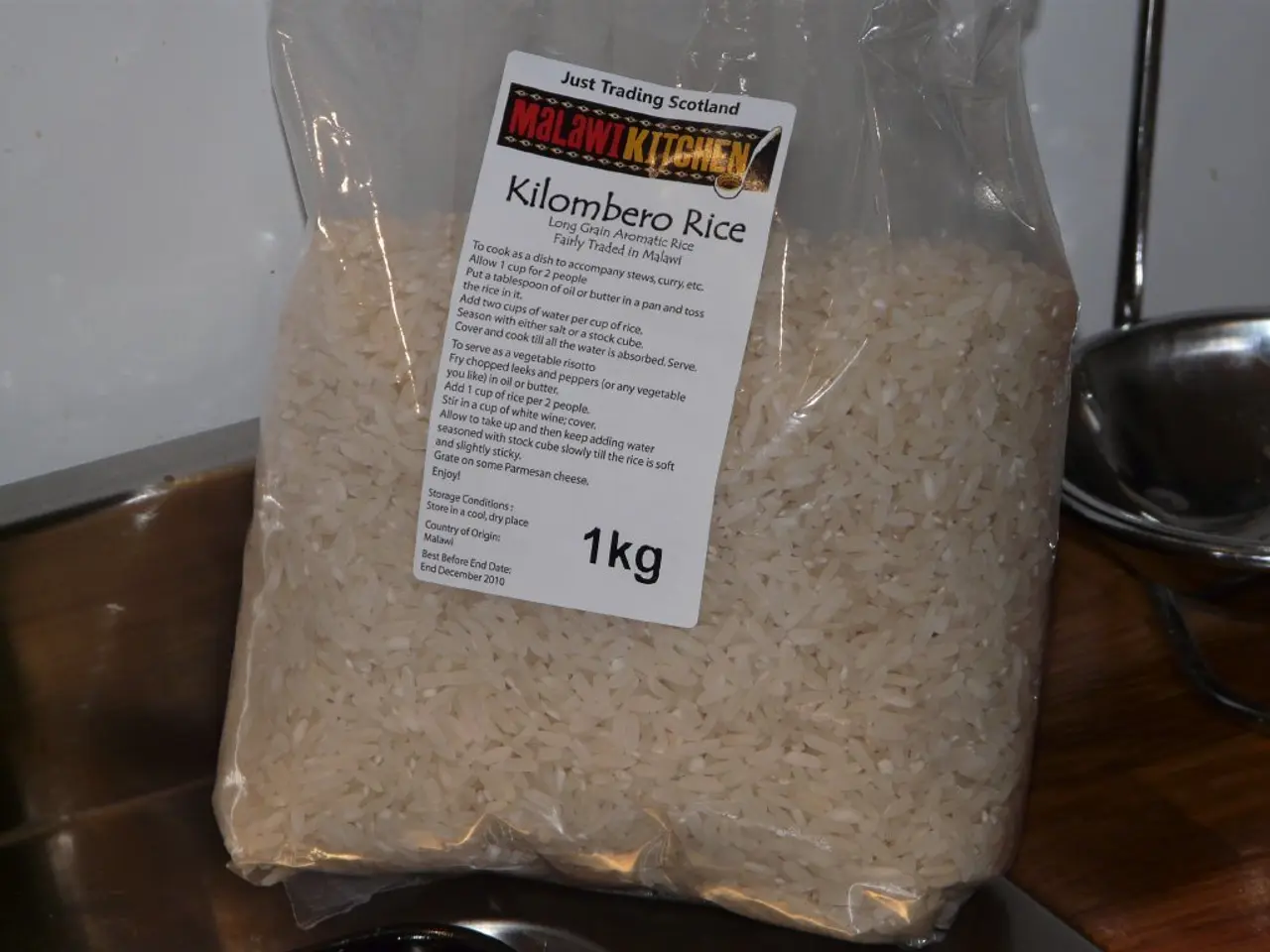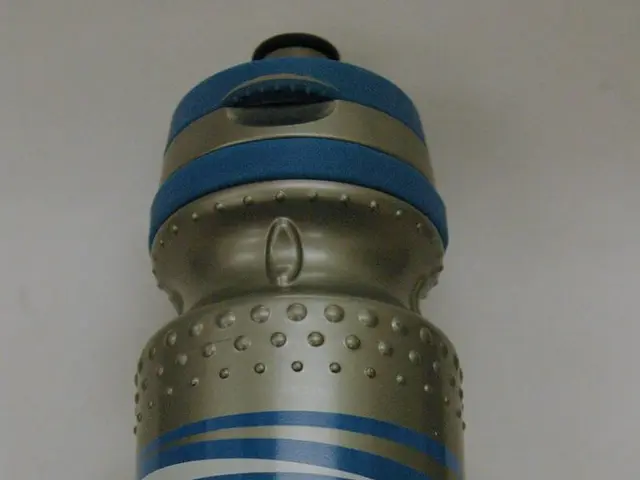ETH Zurich Breakthrough: Unraveling Iron's Role in Rice Paddies
Scientists at ETH Zurich have made a breakthrough in understanding how iron behaves in rice paddies. Led by Ruben Kretzschmar, the team used a novel approach with iron-57 and Mössbauer spectroscopy to trace iron transformations in Thai rice fields, funded by the European Research Council's IRMIDYN project.
Iron plays a crucial role in soil chemistry, influencing nutrient behaviour, carbon storage, and other processes. However, studying it has been challenging due to the abundance of silicate minerals. The team developed a new method using a stable iron isotope and spectroscopy to overcome this.
They applied this technique to Thai rice paddies, discovering that added minerals dissolve and release reduced iron into soil water. Iron's reactivity results in a wide range of mineral formations, including nanocrystalline ones containing both reduced and oxidized forms.
This research, part of the IRMIDYN project, sheds light on iron's behaviour in rice paddies, vital for food security and ecosystem services. Understanding these processes can help manage rice cultivation and soil health more effectively.
Read also:
- "Eco-Scam": Unveiling the Truth about Electric Vehicles
- European transportation's sustainability and competitiveness rely on a "green industrial agreement" that serves the interests of both corporations and residents, as discussed in an Editorial from August 2024.
- Indian Oil Corporation's Panipat Refinery secures India's inaugural ISCC CORSIA accreditation for Sustainable Aviation Fuel production
- Putin's CTBT Move Threatens Global Nuclear Order







